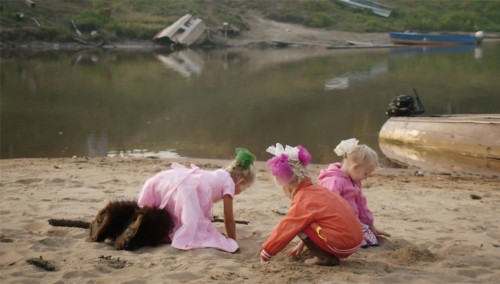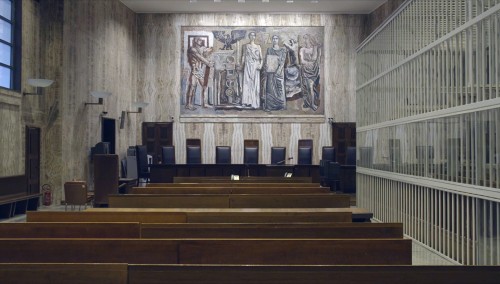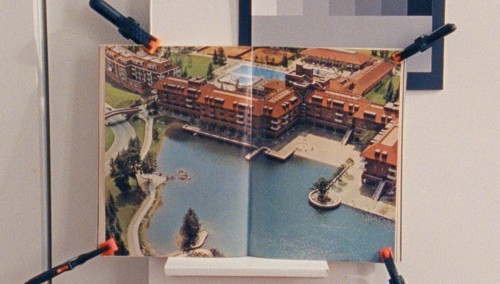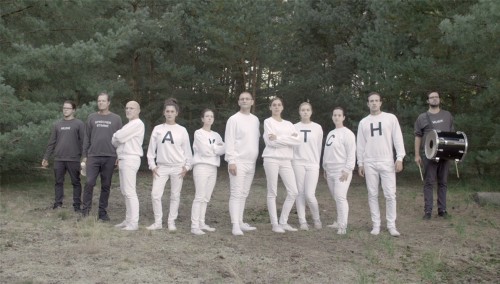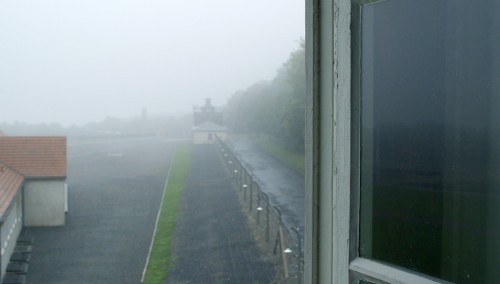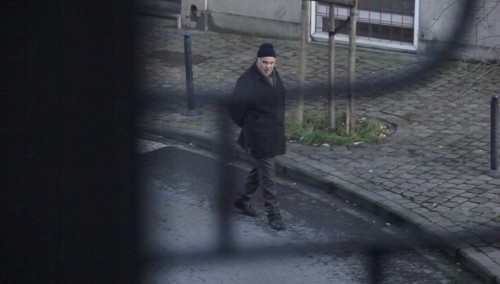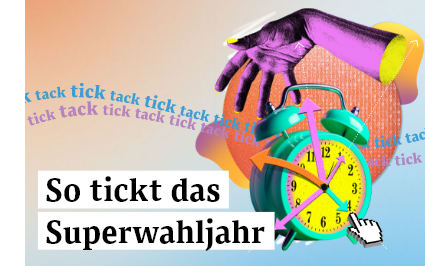Architecture and Society 2018
Architecture has always been one of the most influential instruments of communication for those who have the means and also the power to apply it. “Architecture is deliberately used by politicians to seduce, to impress and to intimidate,” noted the British architecture theorist and head of the London Design Museum Deyan Sudjic. Every political culture makes use of buildings to posit grand gestures. The rulers of this world have had monuments built in the form of ostentatious edifices for millennia – from the pyramids of the pharaohs all the way to today’s temples of power in the form of megalomaniac buildings for multinational corporations or political leaders of all kinds. Space is shaped through social power relations. Those who determine the arrangement of space also control it. Power is consequently articulated just as clearly by marking territories in the form of border walls and watchtowers as well as through the curtailment of public space and its rigorous control and surveillance.
This is the background for the presentation of this year’s program section “Architecture and Society”, which again comprises four programs. Under the current thematic focal point four documentaries and two short films shed light on architectural spaces and demarcated territories, confronting us with different political, social and economic power relations. The architectural self-presentation of the totalitarian regimes of National-Socialism in Germany and Austria and of Fascism in Italy still mark countless cities and regions in Europe today. Benito Mussolini’s obsession with power, for instance, is reflected in the buildings of rationalist modernism which can still be seen throughout Italy. One of these, the “Corte d’Assise”, the Court of Justice in Milan, is the setting of the award-winning documentary film The Call by Enrico Maisto, which allows a fascinating insight into the process of jury selection. The short film that is shown before it in the program, Due by Riccardo Giacconi, focuses on the district of “Milano Due”, built in the 1970s, which was Silvio Berlusconi’s first major investment project.
Siegfried Ressel and Hannes Richter succeed in sensitively approaching the crime scene of the concentration camp Buchenwald with It Happened and Took Place Right Here. Volkhard Knigge and Buchenwald Introduced by peaceful shots of building fragments and sober descriptions of them, the conversations with Volkhard Knigge, historian and head of the memorial foundation, are particularly riveting, as he reflects on the significance of this place of remembrance.
The power of media is the subject of Last Year in Utopia by Jana Keuchel and Katharina Knust. The film reconstructs a mediastaged group experiment on the site of events at that time, thus opening up a look at the power structures in the background.
In the midst of the Siberian taiga, 700 kilometers away from the next village, is Braguino, site of the documentary film of the same name by Clemént Cogitore. It poetically tells of two feuding family clans whose properties are separated by a fence, thus capturing a horrifying moment of the failure of civilization. Power structures manifested through control of space also the theme of the trenchant short film Cleaning Schaerbeek by Farah Kassem, which is shown before Braguino.

